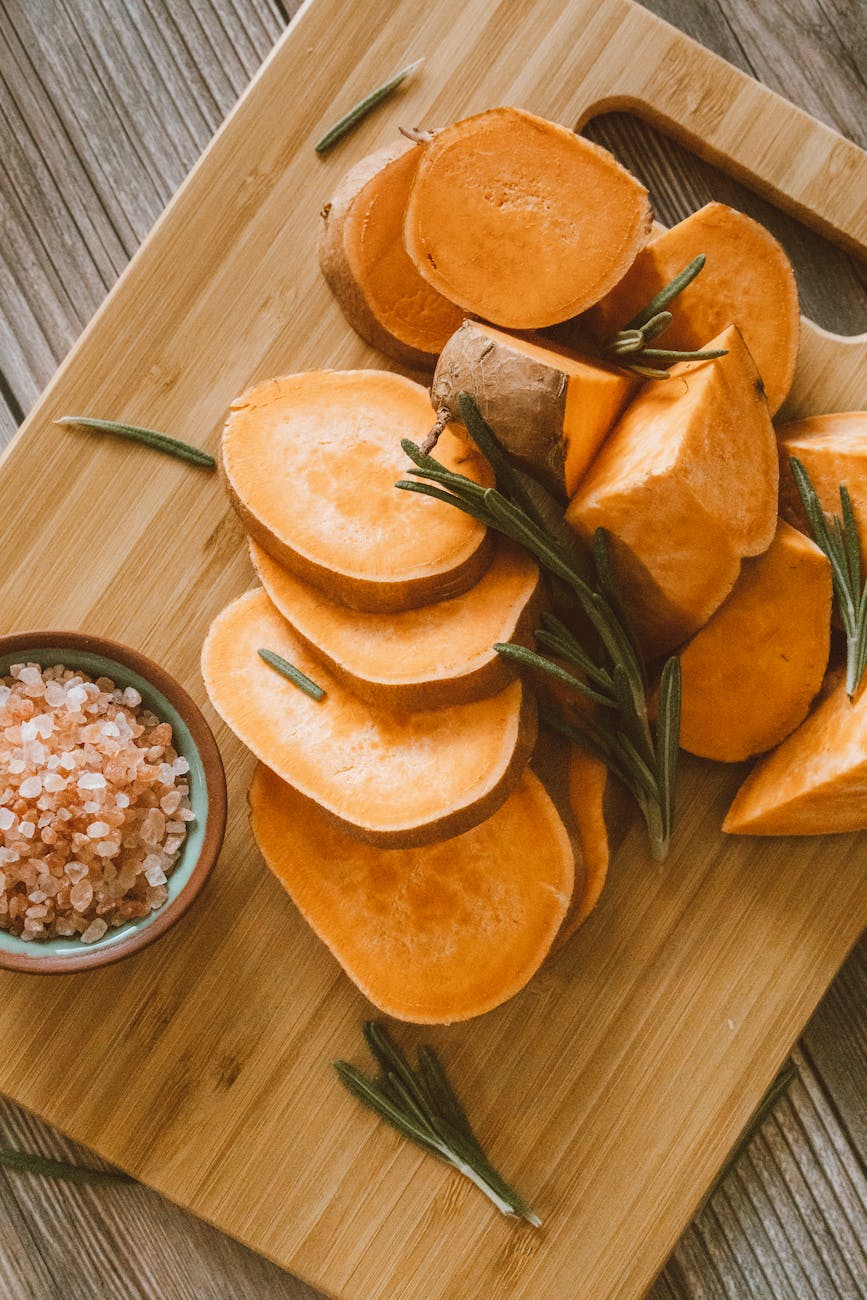
Ever wondered why the Coca-Cola at McDonald’s seems to hit differently? Why does this particular version of your go-to soda taste crisper, more refreshing, and somehow just better than anywhere else? You’re not imagining it, and you’re definitely not alone in this fizzy fascination. Let’s pop the lid off this carbonated mystery and explore why McDonald’s Coke has that distinctive, irresistible flavor that seems to elevate it above the rest.
A Sip of History: McDonald’s and Coca-Cola’s Legendary Partnership
The tale of McDonald’s Coke begins not with a soda fountain, but with a historic handshake between Ray Kroc, McDonald’s franchising legend, and a Coca-Cola executive back in 1955. This wasn’t just a deal to supply a beverage; it was a commitment to crafting a unique Coke experience, setting the foundation for a partnership that would redefine fast food dining.
The Science of the Sip: How McDonald’s Perfects Its Coke
Believe it or not, McDonald’s Coke’s superior taste isn’t just about the brand of soda; it’s the result of meticulous science, precise temperature control, and a dash of ingenuity. Here’s what sets it apart:
1. Gold Standard Water Filtration: The foundation of a great Coke is great water. McDonald’s employs advanced water filtration systems, ensuring that every sip of Coke is as pure and fresh as possible, regardless of geographical location.
2. Chilled to Perfection: Both the Coca-Cola syrup and water are pre-chilled to a crisp 33-38°F before they even meet in your cup. This not only enhances the refreshment factor but preserves the fizz, making each sip a perfectly carbonated delight.
3. The Stainless Steel Difference: Unlike other eateries that store syrup in plastic bags, McDonald’s uses stainless steel tanks. This keeps the syrup cool, protected from air and light, and tasting fresh.
4. Precision in Mixology: McDonald’s has mastered the syrup-to-water ratio, ensuring a consistent, full-bodied flavor that’s both refreshing and rich—never too sweet, never too bland.
5. The Straw Theory: It might sound trivial, but McDonald’s slightly wider straws do make a difference. They’re designed to deliver more Coke to your taste buds with each sip, enhancing the flavor experience.
6. Temperature and Carbonation: The colder the soda, the better it retains carbonation. McDonald’s commitment to keeping ingredients chilled means you’re always served a fizzier, more satisfying Coke.
Why It Matters
In a world where details often go unnoticed, McDonald’s dedication to serving the best possible Coke highlights a broader commitment to quality and customer satisfaction. It’s a testament to how minor adjustments—a tweak in temperature, a change in storage—can significantly enhance the dining experience, turning a simple soda into a refreshing ritual that millions look forward to.
Can You Replicate It at Home?
While achieving the exact McDonald’s Coke experience at home might be challenging, here are a few tips to get you closer:
– Keep your Coke syrup and carbonated water chilled before mixing.
– Invest in a high-quality water filtration system.
– Serve immediately over ice for that fresh-from-the-fountain taste.
Conclusion
Next time you drive through McDonald’s and grab a Coke, know that you’re not just quenching your thirst—you’re partaking in a meticulously engineered beverage experience. It’s a fascinating blend of history, science, and culinary craft, all contained in a single, iconic red cup.
So, what’s your take? Is McDonald’s Coke truly the crown jewel of fast-food sodas, or is it all in the details? Dive into the discussion below and share your fizzy findings.
FAQs on “Got a Minute? Discover Why McDonald’s Coke Tastes Better Than Your Ex’s Texts!”
1. Why does Coke from McDonald’s taste better than from other places?
McDonald’s uses a precise syrup-to-water ratio, advanced water filtration, and pre-chills both the syrup and water, ensuring a crisp, refreshing taste every time.
2. Does McDonald’s use a different Coke syrup?
No, the syrup is the same as Coca-Cola uses everywhere, but McDonald’s unique storage, chilling, and mixing processes enhance its flavor.
3. How does McDonald’s keep its Coke so fresh?
By storing the syrup in stainless steel tanks, pre-chilling ingredients, and using a state-of-the-art water filtration system, McDonald’s maintains the freshness and quality of its Coke.
4. Is there a scientific reason McDonald’s Coke tastes different?
Yes, temperature control and carbonation levels are scientifically managed to maximize taste and freshness, including the use of wider straws for enhanced flavor delivery.
5. Can I recreate McDonald’s Coke at home?
While it might be challenging to replicate the exact conditions, keeping your ingredients chilled and using filtered water can get you closer to the taste.
6. Why does McDonald’s Coke seem fizzier?
McDonald’s pre-chills its water and syrup, which helps to preserve carbonation, making the Coke fizzier and more satisfying.
7. Does ice make a difference in the taste of McDonald’s Coke?
Yes, McDonald’s calculates the dilution rate of ice to ensure even as the ice melts, the Coke remains flavorful and balanced.
8. How important is the straw to the taste of McDonald’s Coke?
The slightly wider straws allow more Coke to hit your taste buds at once, enhancing the perceived flavor and fizziness.
9. Why is water filtration important to the taste of Coke at McDonald’s?
High-quality, filtered water ensures a consistent and clean taste, free from impurities that might alter the flavor of the Coke.
10. Does McDonald’s serve its Coke at a specific temperature?
Yes, McDonald’s aims to serve its Coke between 33-38°F, the optimal temperature range for maintaining fizz and enhancing the drink’s refreshing quality.
Blog Tags
mcdonald’s coke, coca-cola, fast food secrets, beverage science, soda taste, water filtration, food facts, taste test, culinary science, soft drink history










